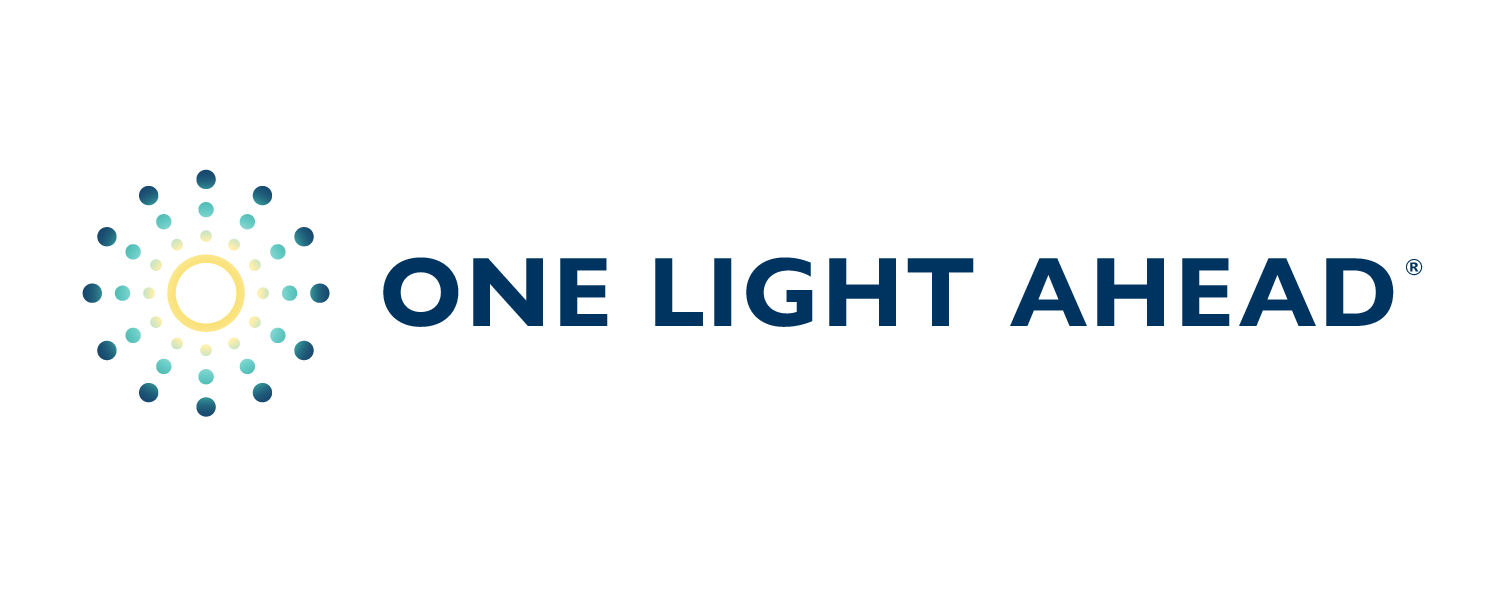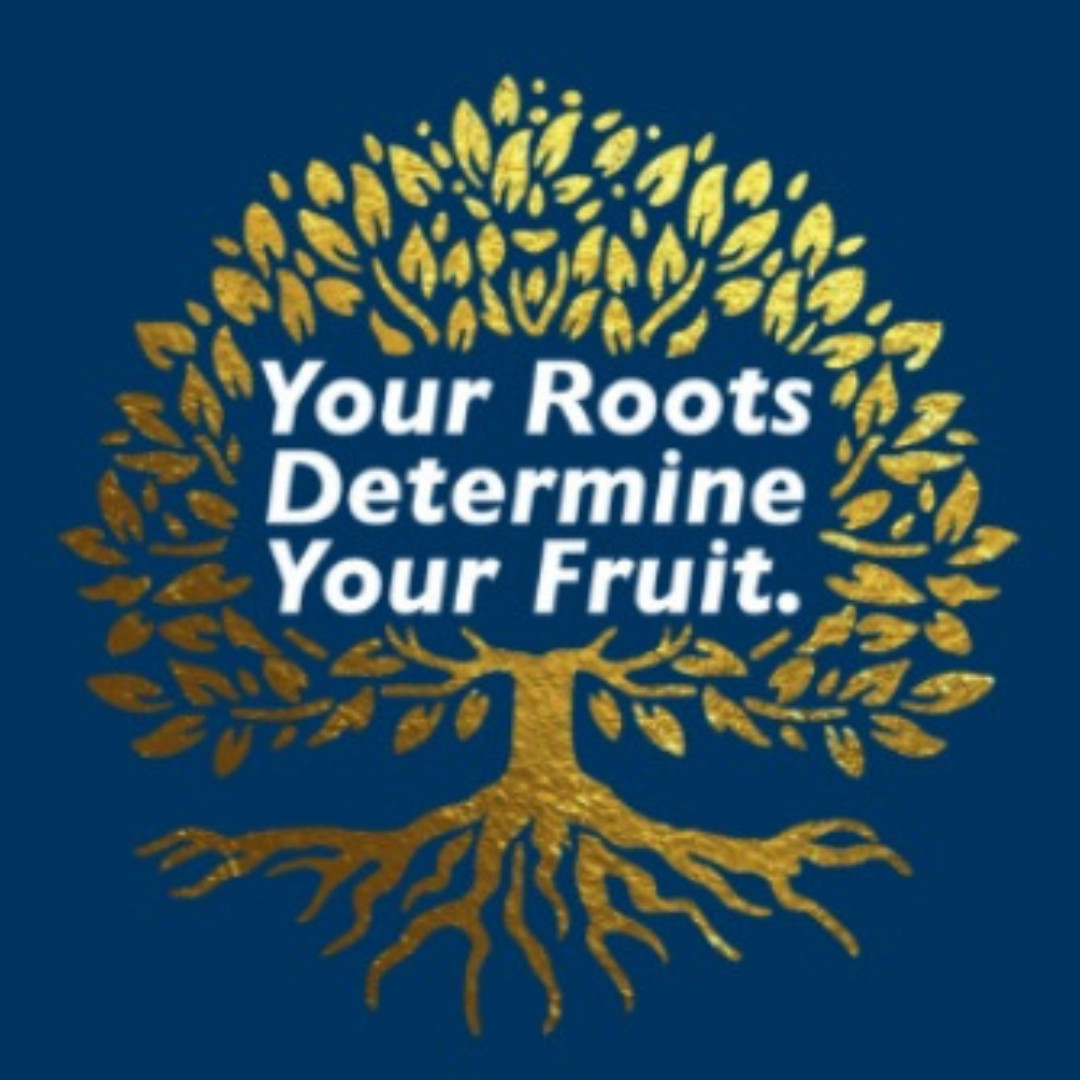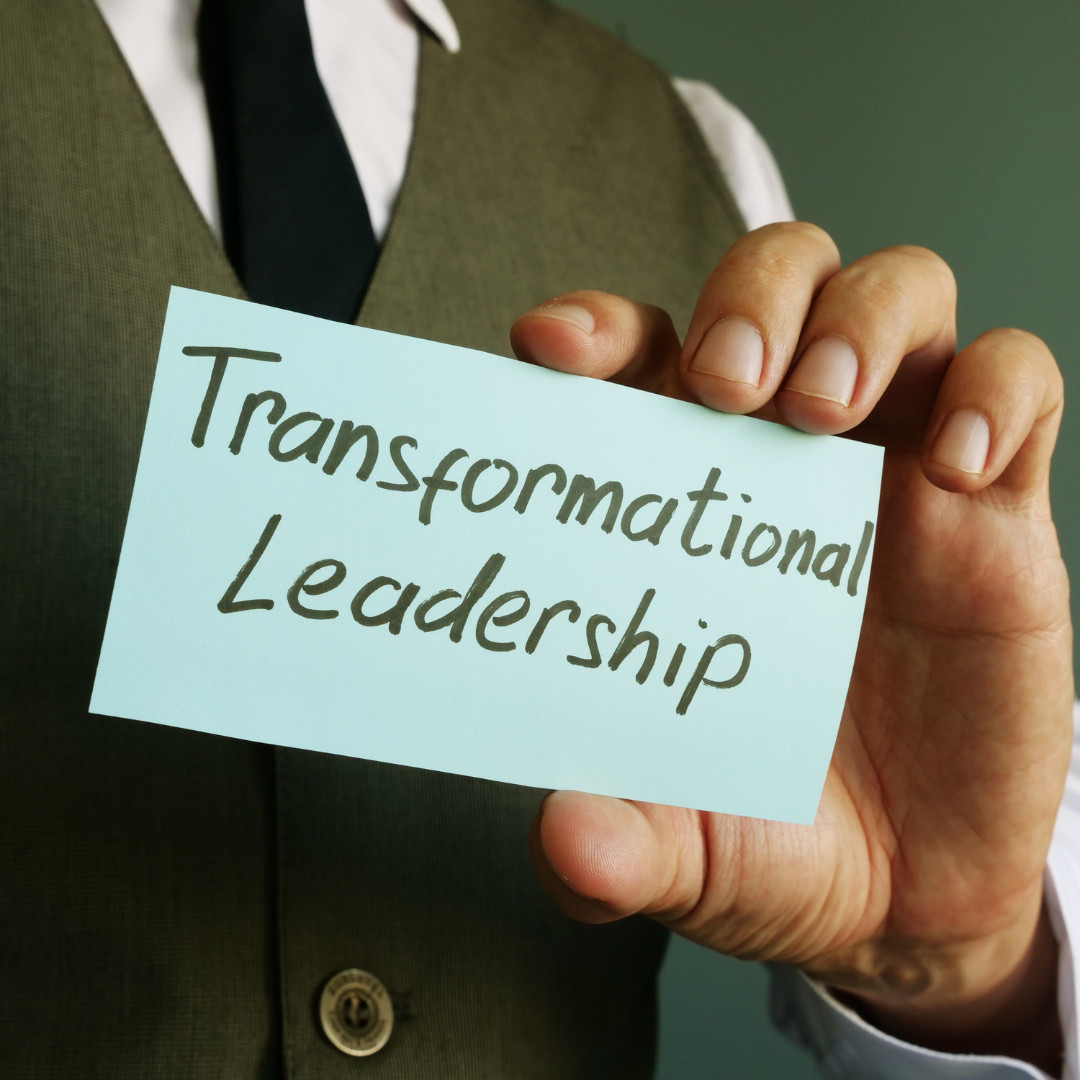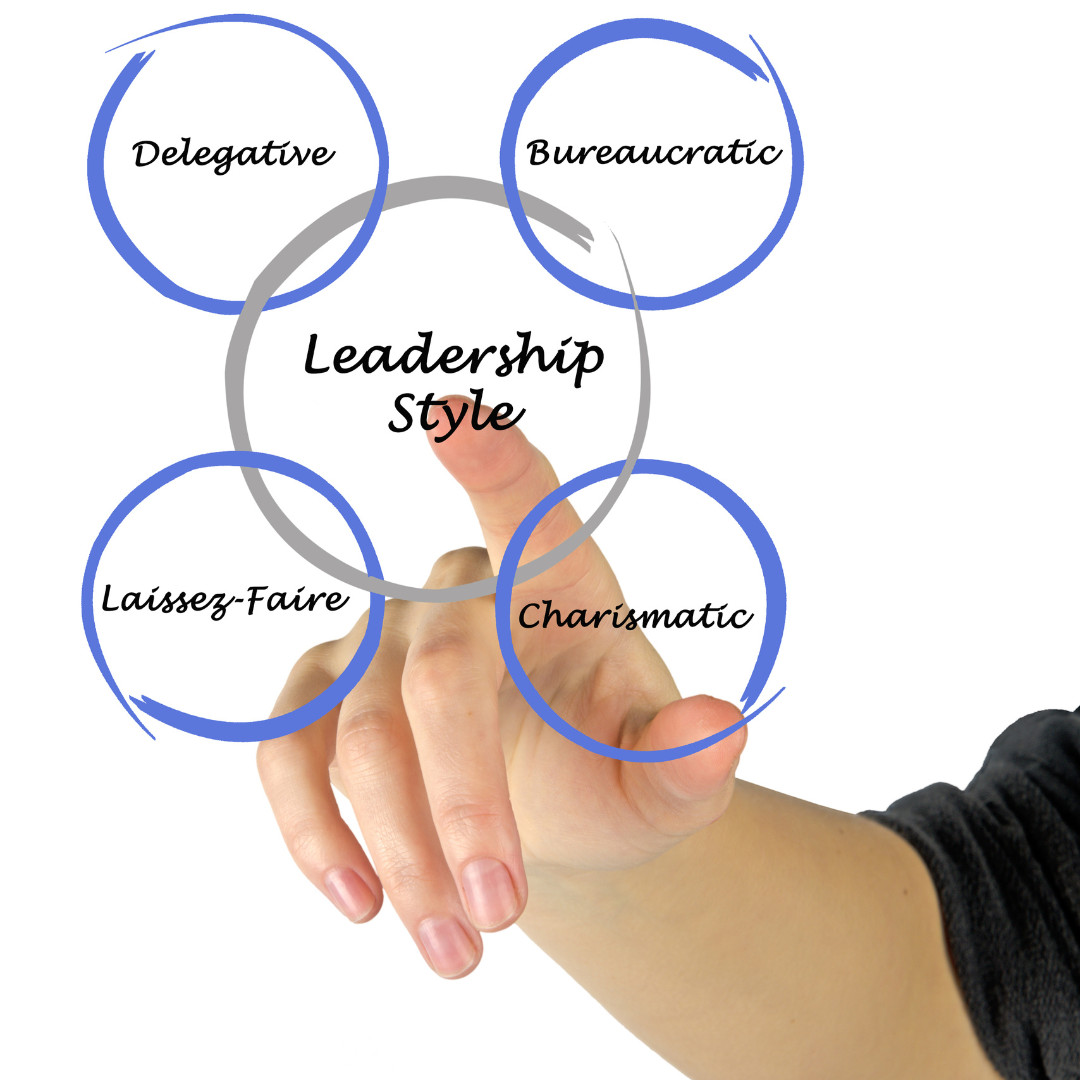
During our January “How We Align Our Thoughts with Our Purpose” Q&A, we explored empowering leadership vs. toxic leadership, the role of emotional intelligence in leadership, and how to build a shared vision to create stronger teams.
Since leadership is about connection, growth, and purpose, we wanted to share this powerful conversation with you today. Just like great relationships, strong leadership is built on trust, communication, and intentionality.
Now, we’re giving you a special opportunity to revisit these insights!
📺 Watch the full replay here: Click to Watch
What Our Guests Had to Say
Dr. Darryl Haslam
Dr. Haslam is a licensed therapist, director of a mental health clinic, and leadership coach with over 30 years of experience. He emphasized how leaders often become so focused on tasks and management that they forget about the people they lead.
"When leaders become too focused on their own challenges or the technical aspects of management, they lose sight of the people they lead. Empowering leadership prioritizes individuals, while toxic leadership often stems from neglecting this human element." — Dr. Darryl Haslam
He also discussed the Drama Triangle, explaining how toxic leadership is often a result of emotional insecurity, poor self-awareness, and ineffective communication.
Joshua Forsman
Joshua is a leadership coach who has spent the last three years applying the principles of habit-based leadership and mindset transformation. He reflected on how reducing mental strain and internal pressure allows leaders to be more present and effective.
"When you take that mental weight off, you become more productive, engaged, and empowering as a leader. It’s about shifting how we manage stress and how we allow others to step into their own power." — Joshua Forsman
Collin Dayley
Collin, a 10X Leadership Performance Coach, shared insights on the importance of a shared vision in leadership. He highlighted that great leaders connect their team’s purpose with the organization's larger mission to create a sense of ownership and engagement.
"A masterful leader helps their team connect their individual purpose to the organization’s vision. When people take personal responsibility for their work, they do better work—and they’re happier doing it." — Collin Dayley
He also introduced the idea of resourcing humans rather than treating employees as machines, emphasizing that leaders must support and develop their people rather than simply manage productivity.
Key Takeaways from the Q&A
1. The Difference Between Empowering and Toxic Leadership
- Empowering leadership encourages ownership, accountability, and growth.
- Toxic leadership is control-driven, fear-based, and often stems from emotional insecurity.
- Leaders must prioritize people over numbers to create sustainable success.
2. Emotional Intelligence Is Essential for Leadership
- Self-awareness: Recognize how your emotions impact those around you.
- Empathy: Understand and validate the experiences of others.
- Emotional regulation: Manage stress and respond thoughtfully instead of reacting impulsively.
Without emotional intelligence, leaders often resort to micromanagement, frustration, and ineffective leadership styles.
3. The Power of a Shared Vision in Leadership
- Employees need to see how their work contributes to a greater purpose.
- When people feel connected to the company’s mission, they take more ownership of their roles.
- Leaders should clearly articulate and reinforce this connection to keep their teams motivated.
4. The Drama Triangle: How Bringing in a Third Person Creates Problems
- The Drama Triangle includes three roles:
- Victim: Feels powerless and blames others.
- Persecutor: Exerts control or blame.
- Rescuer: Steps in to "fix" the situation.
- Leaders often bring a third party into conflicts, which shifts responsibility away from those directly involved and increases workplace drama.
- Instead of fueling gossip and miscommunication, leaders should encourage direct, honest conversations between the people involved.
"Instead of roping others into unnecessary conflict, leaders should create a culture of direct, honest communication." — Dr. Darryl Haslam
5. Shifting from Humans as Machines to Resourcing Humans
- Many companies treat employees like machines—focused only on productivity and efficiency.
- Instead, leaders should resource and support their people by:
✅ Investing in employees’ growth
✅ Encouraging accountability and ownership
✅ Creating a culture where employees feel valued
Final Thoughts: Moving Toward Empowering Leadership
One guest in the session wanted to dive deeper into these concepts, so we referred them to this blog, where Dr. Haslam and his team provide real-world examples of Empowerment Leadership vs. Toxic Leadership:
📺 Want to watch the full discussion?
Revisit this powerful conversation in its entirety!
Revisit this powerful conversation in its entirety!
🎥 Watch the full replay here: Click to Watch
What’s Your Leadership Experience?
Have you encountered toxic leadership in your workplace? What steps have you taken to foster empowerment? Share your thoughts in the comments! 🚀














